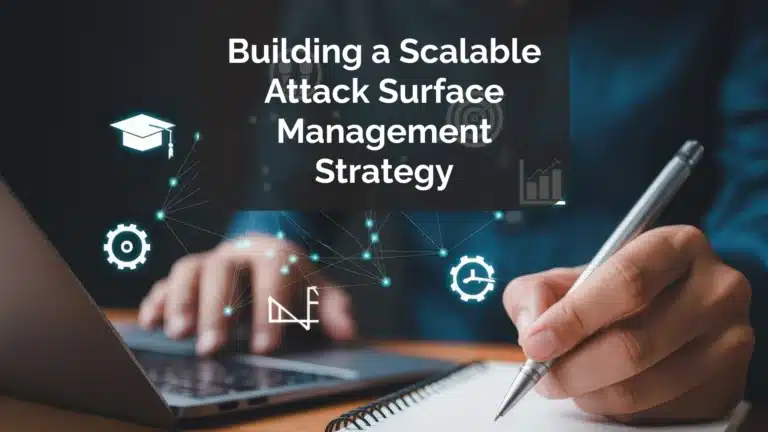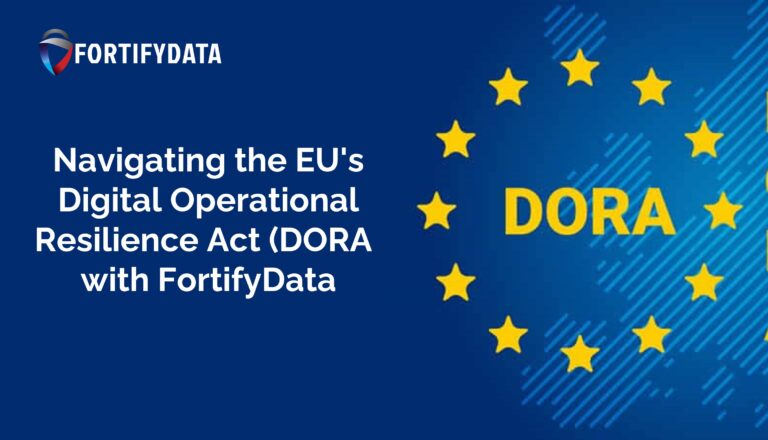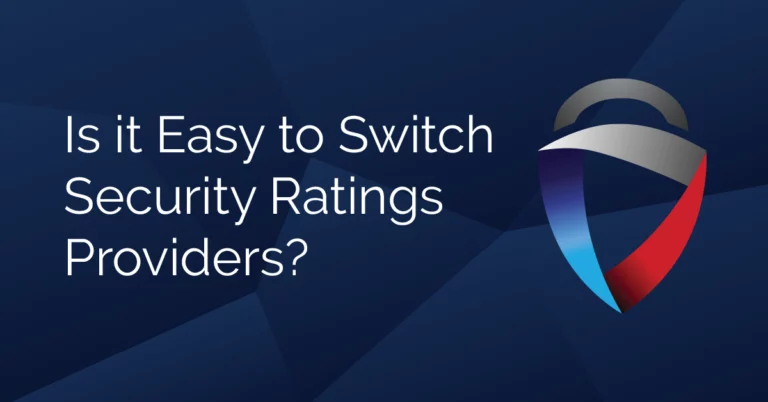Do you know which parts of your network are visible to the entire internet, right now? No? Well cyber attackers do.
We often talk with clients about this question: “who do you think knows more about your external assets, you or threat actors?”
Even in 2022 Randori Recon reported that 67% of organizations saw expansion of their external attack surface, and 69% had been compromised due to unknown or poorly managed internet-facing assets. That ‘unknown’ is a huge blindspot that can compromise an organization.
Now in 2025 IBM, according to their 2025 X-force Threat Intelligence Index, identifies that 25% of breaches initiated from vulnerable public facing applications.
So, to help you prepare, here’s what you need to know about external attack surfaces, a types of attack surface in cybersecurity, and what is EASM in simple terms.
What is an External Attack Surface?
An external attack surface is every internet-exposed (or public facing) component of your business. It includes domains, subdomains, APIs, cloud assets, and public-facing web applications that a cybercriminal could access without credentials.
These assets are gateways into your internal systems and, if left unchecked, can be easily exploited. External attack surface management is the program your organization manages to identify and secure these public facing assets in what has become a constantly changing aspect of many organizations.
According to IBM, it takes an average of 204 days to detect a breach. This means if external attacks occur, it can be months before you know it’s there. That’s why it’s important to know the vulnerable points in your business.
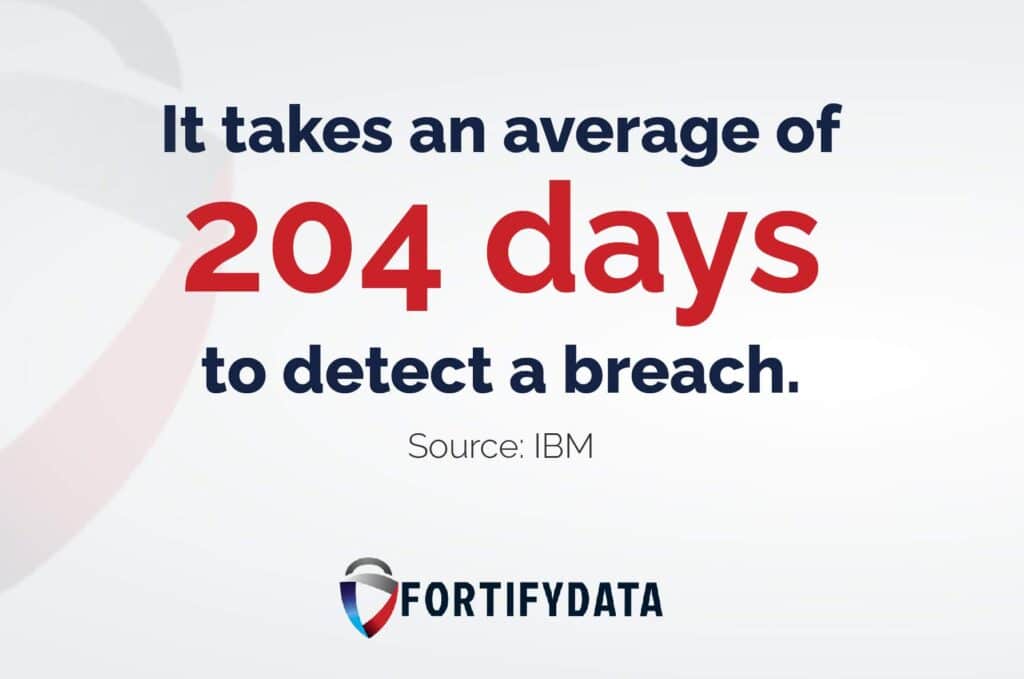
Why the Attack Surface is Growing
Modern enterprises deploy technologies rapidly, often across multiple clouds and business units. This introduces fragmented asset ownership. Shadow IT and shadow AI, which refers to tools and platforms used without IT’s knowledge, also adds to the chaos.
In fact, a report by Thales shows that 31% of organizations attributed cloud data breaches to misconfiguration or human error. Without proper external attack surface scanning, these missteps go unnoticed.
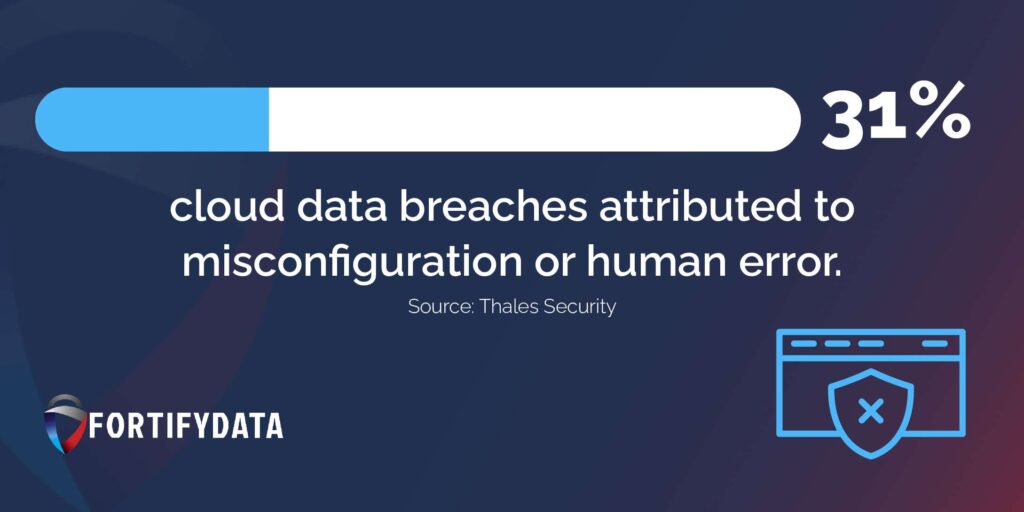
What Is External Attack Surface Management?
External Attack Surface Management, or EASM, is a cybersecurity practice focused on discovering, evaluating, and continuously monitoring digital assets that are exposed to the internet.
It helps organizations take an outsider’s view, exactly how attackers do, and closes visibility gaps across on-prem, hybrid, and cloud environments.
Gartner predicts that by 2026, 20% of large enterprises will use EASM cybersecurity as a baseline capability. That’s why businesses are increasingly turning to platforms with an attack surface manager to automate this visibility.
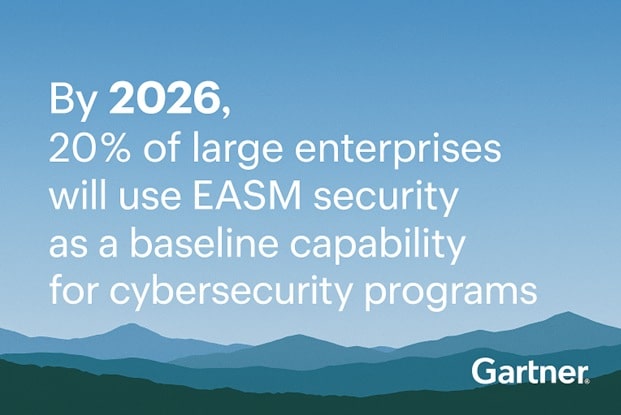
Key Features of Effective EASM Tools
The key features of effective external attack surface management tools include:
| Feature | Description |
| Asset Discovery | External attack surface scanning across cloud, third-party vendors, and on-premises environments to find every internet-facing system. |
| Real-Time Threat Alerts | Sends instant notifications when your external attack surface changes or when new vulnerabilities appear, so you can respond quickly. |
| SIEM & SOAR Integration | Connects directly with your existing security tools, enabling automated incident detection, investigation, and response workflows. |
| Passive Reconnaissance Support | Detects exposed assets without actively probing them, reducing the risk of alerting attackers or disrupting systems. |
| Attacker Simulation Engine | Mimics hacker tactics to show how your digital assets could be targeted, helping you think and act like a threat actor. |
| Ownership & Attribution Mapping | Identifies and maps asset owners, speeding up surface attack management and incident response. |
Attack Surface Intelligence: Adding Business Context and Why It’s the Future
While EASM helps identify assets, attack surface intelligence mapping adds context. This means not only recognizing what’s exposed but understanding the associated risks, behaviors, and business functions (and related data) tied to those assets using EASM.
For instance, a staging environment might have the same vulnerabilities as a production one, but if it contains real customer data or admin access, the risk level skyrockets.
Real-World Risk Prioritization with Threat Context
Intelligence also helps correlate exposures with known threats. If a domain is indexed on Shodan or hosts outdated CMS software, this data informs response priorities.
In one real-world case, an enterprise used surface intelligence to discover 11 abandoned marketing microsites, three of which were still collecting user credentials without HTTPS.
That discovery triggered an immediate takedown and helped the company avoid compliance penalties under GDPR.
Struggling to identify which exposed assets pose the greatest risk?
FortifyData’s Threat Exposure Management solution correlates real-time threat intelligence with your external assets to prioritize high-risk exposures via EASM.
Continuous External Attack Surface Monitoring
External attack surfaces are not static. Domains expire, APIs are retired, cloud providers change IPs, departments or business unites can spin up new cloud services, and third-party vendors spin up new instances. As a result, external attack surface monitoring must be continuous, not periodic.
Unlike quarterly vulnerability scans, modern platforms provide daily or hourly updates, alerting security teams to new risks the moment they appear.
IBM X-Force reports that credential theft and identity-based techniques remain core initial vectors in many external attacks. This shows that reactive security is not enough. Only continuous visibility can prevent threats from escalating into incidents.
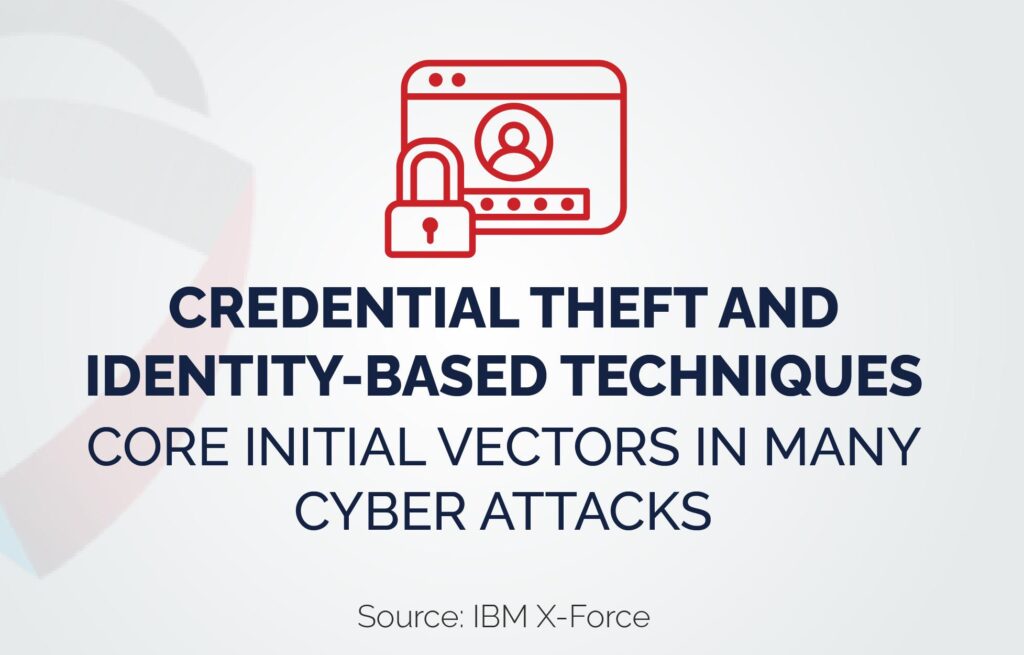
Surface Attack Intelligence and Threat Exposure
The term attack surface intelligence and threat exposure refers to how easily external observers, such as attackers, can find and learn about your systems. Public search engines, GitHub repositories, and even social media posts from employees can unintentionally leak sensitive information.
For example, port scans on internet-exposed systems can reveal open services like SSH, RDP, or database access without requiring exceptional credentials.
The Hidden Risk of Shadow IT and Unknown Assets
Many businesses use tools that never go through an official review. These include SaaS accounts, cloud services, or dev environments outside IT’s purview.
While convenient, these shadow assets are rarely monitored. They are like unlocked doors in a secure building. Often, they are discovered only after a breach or audit, and by then, damage may already be done.
Shadow IT also creates blind spots in risk assessments and compliance audits. Over time, these unmanaged assets become low-hanging fruit for attackers looking to exploit weak entry points.
Compliance, Risk, and Attack Surface Mapping
Many data protection laws, such as GDPR, HIPAA, and CCPA, require that companies protect customer data proactively. An inherent mandate in that is to know your asset inventory in order to know where the data is and how it is protected.
You can’t protect what you can’t see.
When breaches occur due to known misconfigurations or unmonitored assets, regulators impose heavy fines.
Attack surface intelligence mapping provides documented proof of due diligence. Organizations can demonstrate that they actively identified and categorized their assets, and mitigated any identified threat exposures. This becomes especially important during compliance audits.
Take Control of Your External Attack Surface
The root of the concern lies in the lack of visibility and control over rapidly expanding, internet-facing assets. It leads to increased risk, compliance violations, and potential breaches.
However, if you’re struggling with protecting your external attack surface, FortifyData is here to help take back control.
With our External Attack Surface Management platform, you get continuous, real-time discovery, risk scoring, and attack surface mapping across your cloud, on-prem, and third-party environments.
Start protecting your external assets now with EASM, schedule a demo.
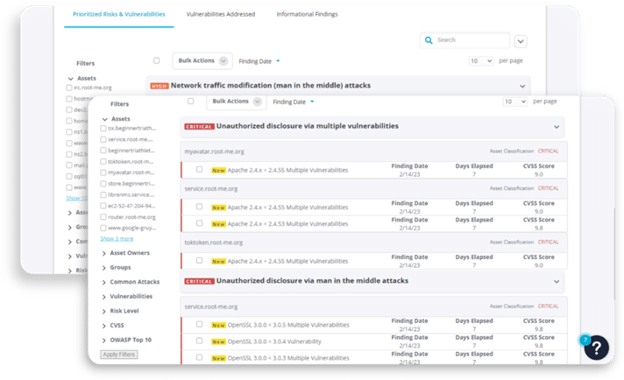
FAQs
1. What kinds of assets make up an external attack surface?
This includes domains, subdomains, IP addresses, exposed APIs, cloud storage buckets, forgotten dev/test environments, expired SSL certs, and unmanaged SaaS apps. Basically, anything online that’s not behind login walls.
2. What is attack surface intelligence, and how does it help?
It’s more than just asset discovery, it adds business context and cyber threat intelligence. Some assets are more critical to business operations and data processing than others. Attack surface intelligence shows which assets are risky based on location, behavior, known vulnerabilities, and links to threat actor tactics. By using this, organizations can prioritize what to fix first.
3. ASM vs CAASM: What’s the Difference?
ASM, Attack Surface Management, focuses on identifying, mapping, and monitoring external attack surfaces. Meanwhile, CAASM, Cyber Asset Attack Surface Management, goes deeper by focusing on internal visibility across all cyber assets. In simpler terms, CAASM is commonly thought of as all assets, internal and cloud and ASM is largely thought of as external assets.


